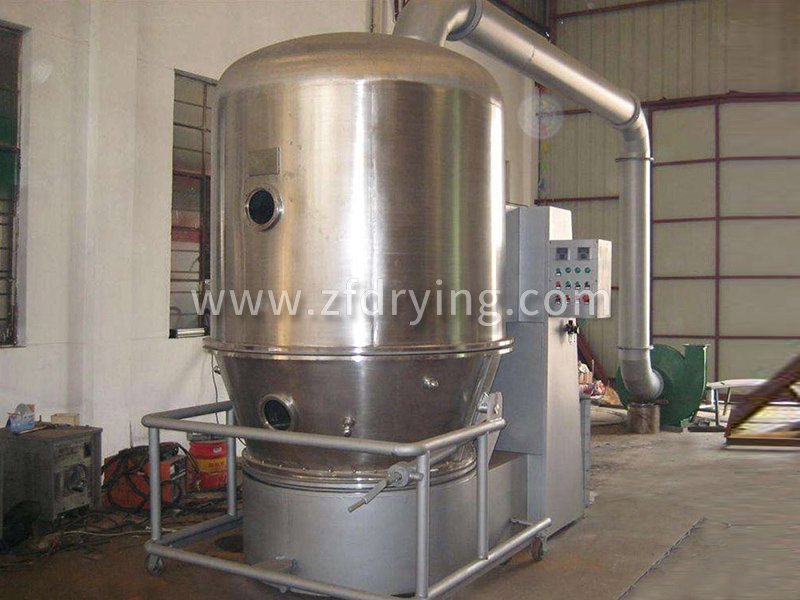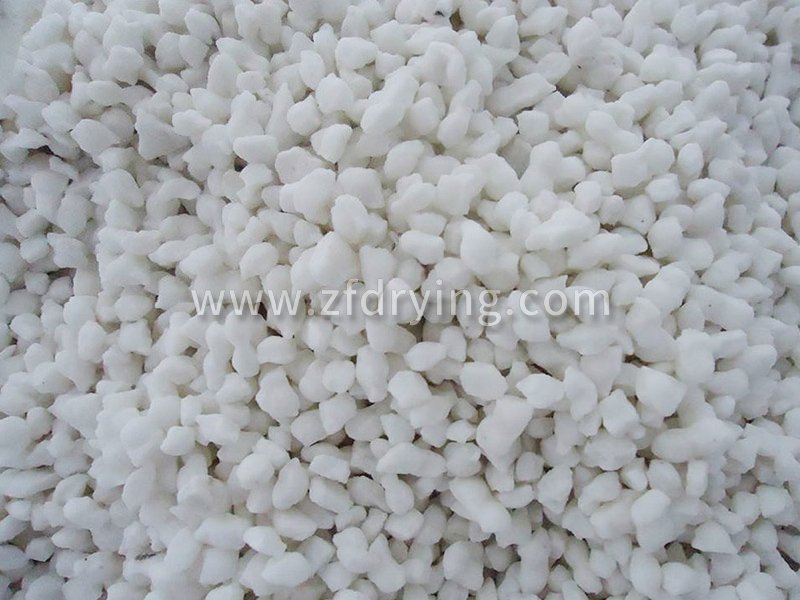Brief Description of Ammonium Sulfate Materials
Colorless crystals or white particles. No odor. Decomposition above 280 ℃. Solubility in water: 70.6g at 0 ℃ and 103.8g at 100 ℃. Insoluble in ethanol and acetone. The pH of 0.1mol/L aqueous solution is 5.5. Relative density 1.77. The refractive index is 1.521. Low toxicity, median lethal dose (rat, oral) 3000mG/kG. Irritating. Ammonium sulfate is mainly used as fertilizer and is suitable for various soils and crops. It can also be used in textile, leather, medicine, and other fields.
The Function and Use of Ammonium Sulfate Materials
A type of excellent nitrogen fertilizer (commonly known as fertilizer powder), suitable for general soil and crops, can promote vigorous growth of branches and leaves, improve fruit quality and yield, and enhance crop resistance to disasters. It can be used as base fertilizer, topdressing, and seed fertilizer, but long-term use may cause soil compaction. It can undergo double decomposition reaction with table salt to produce ammonium chloride, react with aluminum sulfate to produce ammonium alum, and together with boric acid, produce refractory materials. Adding to the electroplating solution can increase conductivity. It is also a catalyst for food sauce color, a nitrogen source for cultivating yeast in fresh yeast production, an acid dye dyeing aid, and a leather deliming agent. In addition, it is also used in beer brewing, chemical reagents, and battery production. Another important role is to mine rare earths, using ammonium sulfate as the raw material. The rare earth elements in the mineral soil are exchanged through ion exchange, and the leaching solution is collected, filtered, separated, and dried to form rare earth raw ore. Each ton of rare earth raw ore produced by mining requires about 5 tons of ammonium sulfate.
Working Principle of High Efficiency Boiling Drier for Ammonium Sulfate
After being heated and purified, the air is introduced from the bottom by an induced draft fan and passes through the mesh plate of the hopper. In the studio, fluidization is formed through stirring and negative pressure, and the water quickly evaporates and is carried away with the exhaust, resulting in rapid drying of the material.
Applicable scope of high-efficiency boiling dryer
Mechanical screw extrusion particles, swinging particles, wet high-speed mixing granulation particles; Drying of wet particles and powdered materials in fields such as medicine, food, feed, and chemical engineering; Large particle, small block, and viscous block granular materials; Materials such as konjac that change in volume during drying.



